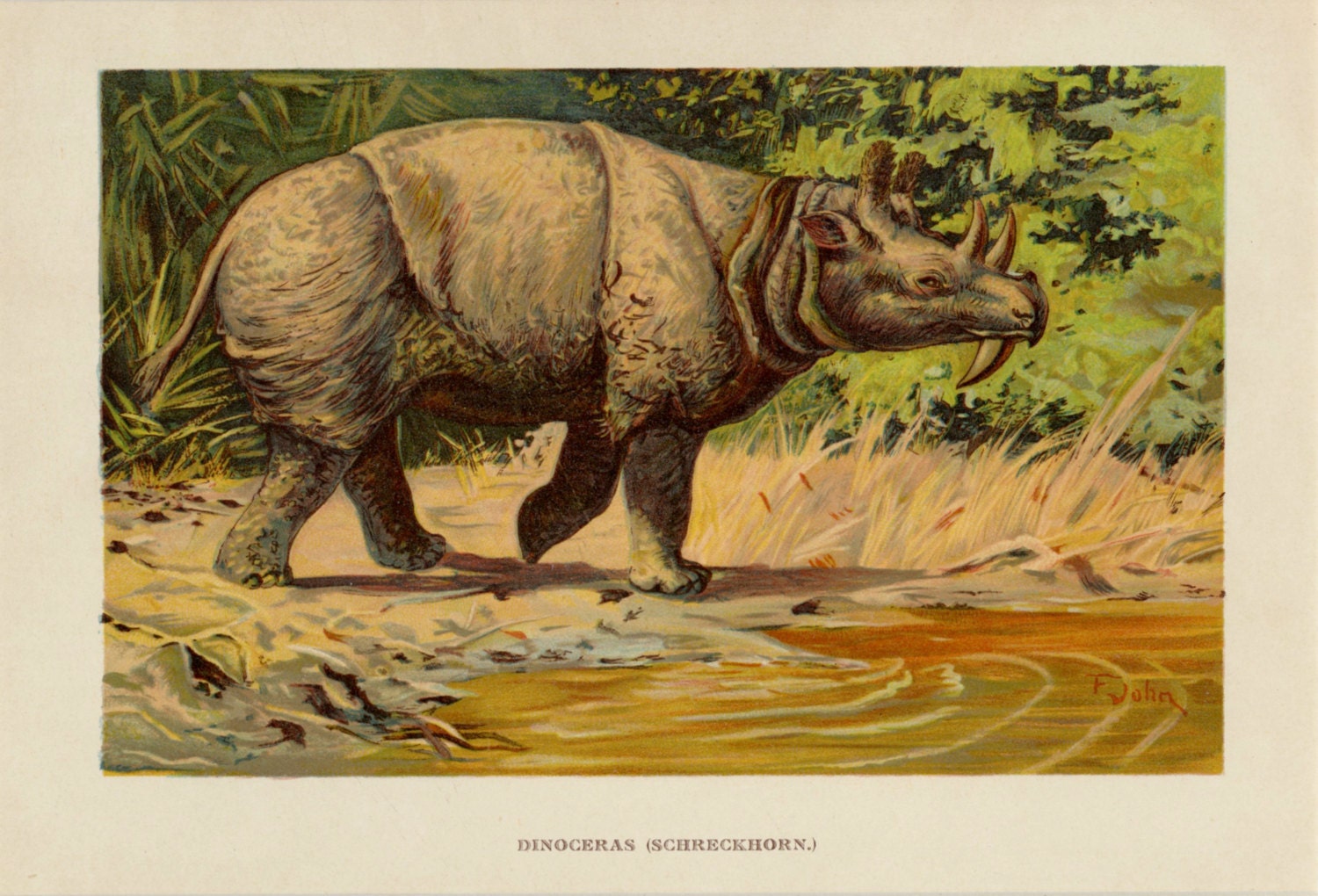
The Elasmotherium`s dentition was typical for herbivorous animals. The last population survived in Siberia until 8000 years BC. This animal is closely related to the wooly rhinoceros ( Coelodonta antiquitatis), which is also an extinct species today. The giant rhino`s body could be covered in fur – mostly due to the fact that it inhabited rather cold regions. There are also a few opinions stating that the giant rhino spent much time immersed in the mud like a hippo. Some experts imagine that the animal was galloping with the horn lifted high, like a horse, while others claim that it leaned its head like a bison. However, paleontologists still argue on that matter, as well as about the horn`s principle purpose. It was made of keratin and could measure even 1.5 – 2 meters (4 ft 11 in – 6 ft 6.7 in). HornĪ large Elasmotherium`s head was surmounted by an enormous horn. Front and rear feet were differently built – the front feet were larger and had 4 toes, whilst the rear ones were smaller with 3 toes. Withal they were longer than regular rhinos` legs and supposedly they allowed Elasmotherium to gallop. It was characteristic of its massive, well-built torso and relatively short legs. CharacteristicsĮlasmotherium was similar in terms of size to a mammoth, substantially larger than the present-day rhinos. There are numerous stories recalling Elasmotherium, which may suggest that it actually became extinct even as recently as 10 thousand years ago. It became extinct around 50 thousand years ago – although it is not a confirmed date. It lived on Earth for about 2.6 million years – from the Late Pliocene to the Late Pleistocene. This prehistoric rhinoceros was endemic in the Eurasian region. Alternatively, it could be a result of human activity. The youngest Elasmotherium skeletons date back 29 thousand years ago – they were found in a Siberian cave – conceivably they were dragged there by predators. These include mostly teeth and skull fragments, but paleontologists have also recovered almost fully preserved skeletons. The giant rhino is known from many fossils found in the whole of Eurasia. The giant rhino was first described in 1808 by Johann Fischer von Waldheim, the head of the Natural History Museum connected with the Moscow University. The choice of such a word to name this prehistoric rhinoceros can be associated with a distinctive, layered structure of its teeth.

The name Elasmotherium is derived from Greek ‘elasmos’, meaning coatings/layer. The most widely known species is the Elasmotherium sibiricum. † Elasmotherium sibiricum (type species).ClassificationĪs for today, 3 Elasmotherium species have been distinguished: The number of references to this animal may suggest that it has become extinct much more recently than assumed by paleontologists. Elasmotherium was a gigantic, prehistoric mammal, which is considered to be an ancestor of present-day rhinos due to its enormous horn and genetic similarities to the woolly rhinoceros.


 0 kommentar(er)
0 kommentar(er)
